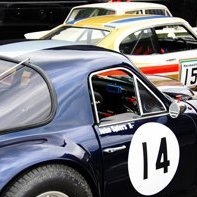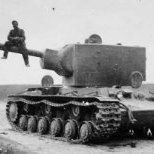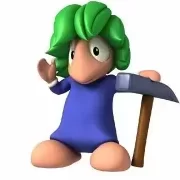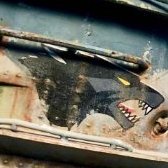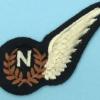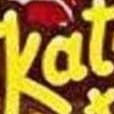I've been eager to see how the interior will look together, so take a look at the first photo. On the left is the cockpit and navigators position, then the bomb bay, and the radio station. I'm glad to see how it's coming together, and most of the work I've done since the last post has been to the bomb bay. The second picture is of the bomb bay door to which I added balsa wood pieces to. These are going to resemble the hinges of the door in its open state. They do need trimmed still, which I'll do later in the build. I already did some adjusting to the 3d bomb prints, and they've gotten pretty close.
Secondly, I've sketched out on the bulkheads where I'm going to add the frames and general supports that was not on the model to begin with. The brown foam you can see in the picture underneath the bulkheads is where I'm going to add a piece of plastic to fill the gap between the bottom of the floor parts and the fuselage. However, the major issue currently is the attachment of the wings. It snaps in quite nicely, but leaves weird knobs on the inside of the bomb bay (In one of the photos, I circled in green what I'm talking about). I have a few ideas, but I don't want to compromise the structural integrity of the attachment of the wings.
Anyways, I was also able to print some of the crew of this airplane. There is good news and bad with them though- I was able to get them sized perfectly on the first try, but they look at little rough. Well, really rough.😬 I foresee either a lot of filler, or a major change of my 3d printer settings. I think I'm going to decrease the head speed and maybe make the layers thinner. Either way, it may delay getting the fuselage together. Until next time,
Joanna


